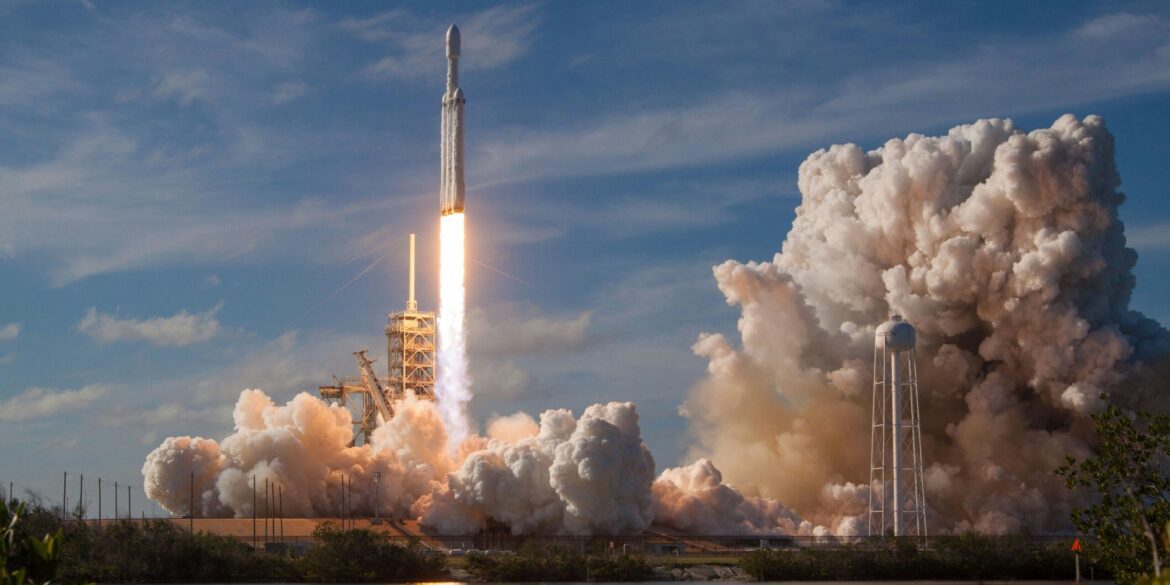SpaceX’s ambitious Starship program reached another milestone with its ninth test flight, launched from the company’s Starbase facility in South Texas. While the massive next-generation rocket successfully lifted off, marking a key achievement in the campaign to develop reusable spacecraft, the flight was not without complications. Engineers reported encountering technical issues during ascent, prompting a detailed post-flight review to analyze telemetry and identify the underlying causes.
Despite the setbacks, the mission is being seen as a significant advancement in SpaceX’s broader goal to revolutionize space travel with a fully reusable launch system capable of carrying humans and cargo to the Moon, Mars, and beyond. The company emphasized that each test flight—regardless of its challenges—provides valuable data critical to refining the vehicle’s design and performance.
Technical Issues During Ascent
Although the launch vehicle cleared the pad and progressed through early stages of flight, SpaceX engineers noted anomalies during the mid-ascent phase. While exact details remain under analysis, preliminary observations suggest issues related to engine performance and stability during stage separation. These types of problems are not uncommon in developmental spaceflight programs, where testing is a vital part of progress.
SpaceX has not reported a catastrophic failure, but the flight did not complete all its planned objectives. Nevertheless, the company considers the test a partial success, highlighting the importance of iterative development and learning through testing. Engineers are currently pouring over gigabytes of data transmitted during the flight to diagnose and resolve the new issues before proceeding with subsequent missions.
A Milestone in Reusable Rocket Development
The ninth Starship flight follows a series of increasingly complex tests aimed at validating the vehicle’s design, including heat shield durability, stage separation mechanics, and atmospheric reentry. The two-stage system—consisting of the Super Heavy booster and Starship upper stage—is designed to be fully reusable, dramatically reducing the cost of space launches.
SpaceX CEO Elon Musk has long touted Starship as the cornerstone of humanity’s interplanetary future. The ultimate goal is for Starship to carry out missions to low Earth orbit, lunar surface operations as part of NASA’s Artemis program, and eventually crewed missions to Mars. Each test flight brings the company one step closer to achieving these objectives.
“Progress is never a straight line, especially in aerospace,” SpaceX stated in a post-launch update. “Every test flight provides crucial insights that feed directly into design improvements. We’re grateful for the support and patience of the spaceflight community as we continue pushing the boundaries of what’s possible.”
NASA and Industry Watching Closely
NASA, which has partnered with SpaceX for components of its Artemis program, is closely watching Starship’s development. The agency has contracted SpaceX to provide a lunar landing system based on the Starship platform, which would ferry astronauts to the Moon’s surface later this decade. The recent flight, while not without hiccups, reinforces SpaceX’s ability to iterate rapidly and address technical hurdles with agility.
Industry analysts note that while Starship’s development timeline remains ambitious, the company’s approach—centered around rapid prototyping and real-world testing—has already delivered faster progress than traditional aerospace models. The ninth flight continues that momentum, even as technical challenges persist.
Looking Ahead: Refinement and Readiness
The next steps for SpaceX involve analyzing the data from this latest test, implementing necessary hardware and software adjustments, and preparing for subsequent launches. As part of its iterative development strategy, the company expects to incorporate lessons learned from each mission to progressively enhance system reliability and performance.
SpaceX’s launch cadence for Starship is expected to accelerate in the coming months as more prototypes complete construction and testing. With infrastructure improvements underway at the Boca Chica site and regulatory reviews ongoing, the company aims to demonstrate orbital capability and full-stage recovery within the next few test flights.
Although setbacks remain a part of the process, SpaceX’s continued progress on Starship underscores its role as a key player in the future of space exploration, pushing the envelope of engineering and spaceflight.

